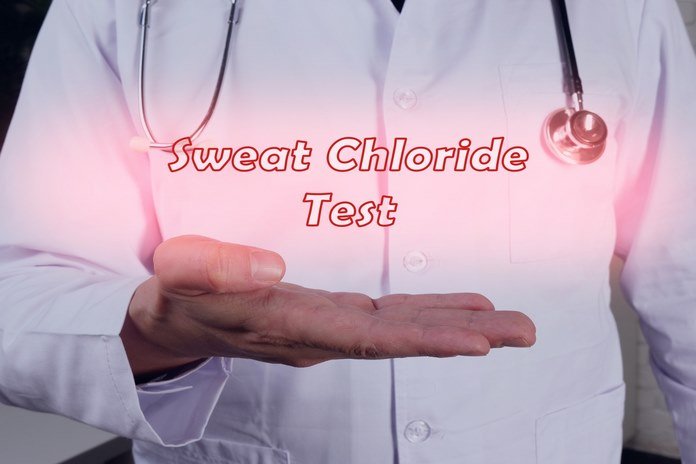Hyperhidrosis Diagnosis and Management

Dermatologists aid many patients in controlling excessive sweating. Before any treatment starts, it is essential to look out why a patient is having excessive sweating. To diagnose such a condition, a dermatologist performs a physical examination of the patient. This consists of looking closely at the site of the body that excessively sweats. A dermatologist might also ask quite specific questions. This aids the doctor to understand why the patient is having excessive sweating. Sometimes the medical test is quite essential. Some patients need a test known as the sweat test. This consists of coating some of the skin with a powder that gets purple later when your skin gets wet. (6)
To find an important medical condition, some other medical tests might also be significant. Normally, a doctor might try out any significant condition, such as low blood sugar (hypoglycemia), an overactive thyroid (hyperthyroidism) by performing urine tests and blood tests. Patients will be asked regarding the patterns of sweating which parts of their body are affected, how frequently sweating episodes occur, and whether sweating occurs while sleeping. The patient might be asked several questions or have to fill in a questionnaire regarding the excessive sweating impact; questions might consist of:
- How frequently do you change your clothes?
- Does hyperhidrosis impact your mental or behavioral condition when you are in public?
- How frequently do you realize about excessive sweating?
- Do you take anything around to cope with episodes of extreme sweating, such as towels, antiperspirants, pads, napkins, or towels?
- How frequently do you take a bath/shower or wash?
- Have you ever lost a loved one because of hyperhidrosis?
- Has hyperhidrosis had any impact on your employment?
Thermoregulatory sweat test: A powder that is sensitive to moisture is put on the skin. When excessive sweating appears at room temperature, the powder alters the color. The patient is then exposed to increasing humidity and heat in a sweat cabinet that triggers sweating all over the whole body. When exposed to heat, individuals that do not experience hyperhidrosis tend not to sweat extremely in the palms of their hands, but patients having hyperhidrosis do. This test also aids doctors to find the severity of such conditions. During your appointment, your doctor will ask regarding your medical symptoms and medical history. You might also require a physical test or exam to further check the reason for such a condition.
Sweat tests
Thermoregulatory sweat test
Many tests are available to identify the areas of sweating and check the severity of such conditions, consisting of an iodine-starch test, thermoregulatory test, and skin conduction.
Lab tests
Your doctor might suggest urine, blood, or other lab tests to check if your sweating is occurring due to another medical situation, such as low blood sugar (hypoglycemia) or overactive thyroid (hyperthyroidism).
The way to diagnose (Hh) begins with utilizing each or more methods of the severity of sweating. Qualitative, practical, and quantitative methods are present to help the physician in confirming the diagnosis. A logical way to make a clinical diagnosis is shown, along with a diagnostic algorithm.
